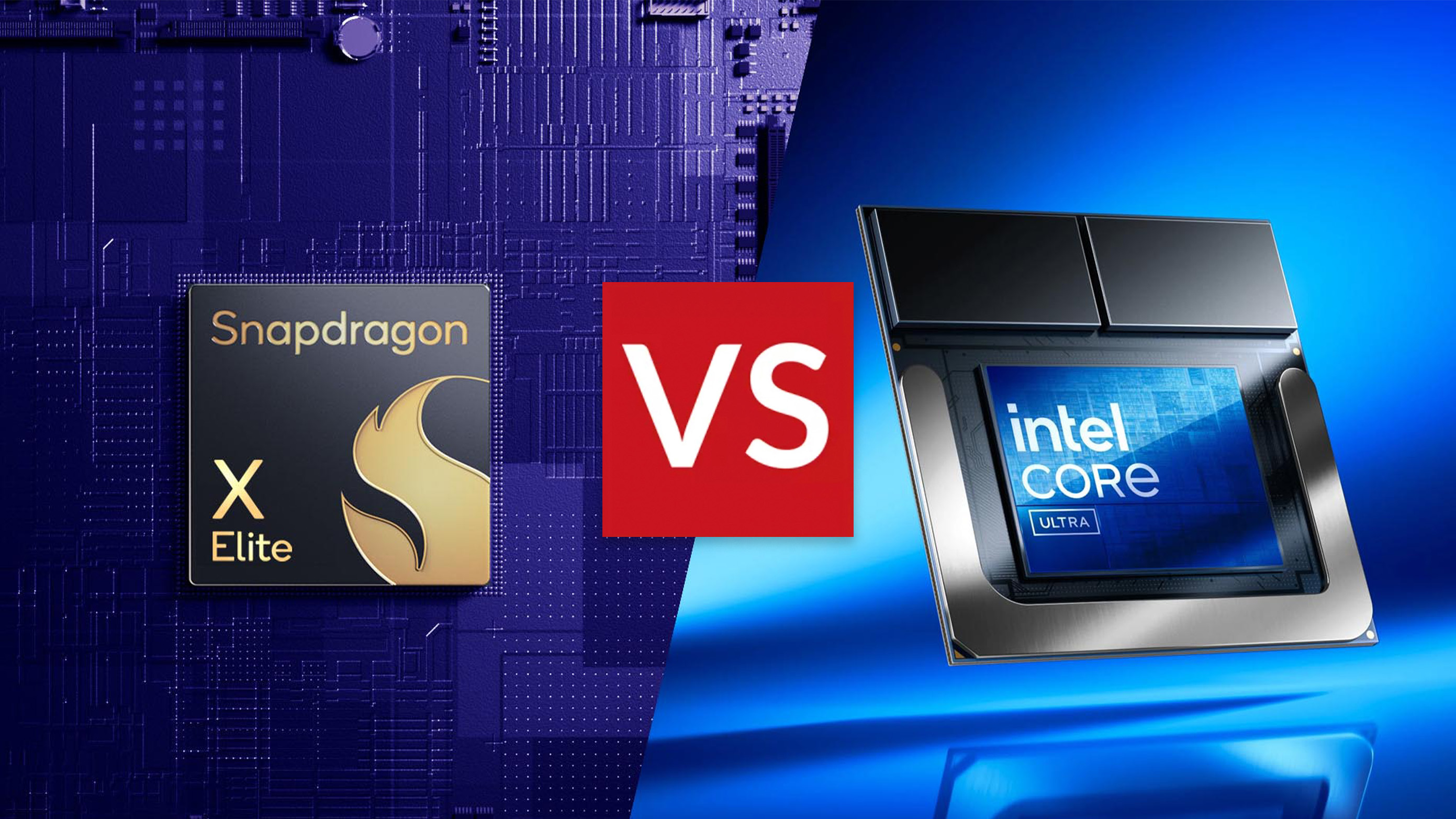

Do you think AI is a godsend or a sign of the apocalypse? Either way, if you’re shopping for one of the best laptops out there, you should probably get a "made for AI" machine.
Qualcomm and Microsoft started this whole trend off with CoPilot+ laptops. It means you get a PC with brains kinda similar to those of a phone, and a few bespoke Windows 11 features.
Intel wasn’t having any of that, though, so it struck back with its Ultra Series 2 processors, with a lot of the same benefits – super-long battery life, great peak performance, and not much heat generated.
I’ve reviewed just about every CoPilot+ laptop under the sun so far, and have been playing with the top Intel contender Asus Zenbook S 14 OLED for a few weeks. But which is better? Let’s find out.
But, spoiler alert, if you’re remotely interested in gaming after the work day, then you'll definitely want an Intel Ultra Series 2 CPU laptop (unless you opt for a top gaming laptop in its own right).
Qualcomm vs Intel: Design

- It’s slim and light all the way
- No Thunderbolt for Snapdragon PCs
- You currently have more options with Snapdragon
If you’re going to make a new type of laptop, the basic rule is that it should start off slim, pretty looking and expensive – if you want to attract the masses anyway. That’s what you get with this AI crowd.
Qualcomm is working on a new more affordable mid-tier “made for AI” range of laptops. But for now, you’re looking at spending a hefty chunk of change on these PCs. They all have metal casings, are light for their screen size, and feel great in use. Across the board, there’s not a true design dud among them, yet.
Sign up to the T3 newsletter for smarter living straight to your inbox
Get all the latest news, reviews, deals and buying guides on gorgeous tech, home and active products from the T3 experts
You’ll find slightly more design diversity on the Qualcomm Snapdragon X Elite side of the fence right now, mostly because of Microsoft. Its Surface Pro laptop is, just like the older generations, a true hybrid with a screen part and a keyboard that hooks on magnetically.
At the time of writing, all the Intel Lunar Lake laptops are just that – laptops. All these laptops, across the board, also have cracking displays. Most of them use OLED panels too. It’s another side effect of these being high-end laptops.
One key difference between Intel Ultra and Snapdragon laptops, though, is that the latter machines do not support Thunderbolt ports. They’ll most likely have USB 4 connectors instead. These two are the same in terms of port type and are ultra-fast – just don't offer the same speeds. Laptops with them will typically support connection to up to two 4K monitors. The number and type of connections you get in a particular model are going to be far more important for most folks than Thunderbolt versus USB 4.
Qualcomm vs Intel: Performance

- Qualcomm Snapdragon X Elite has the edge for work
- Intel Ultra Series 2 takes an easy win for gaming
- They’re both super-efficient
There’s a clear split in the performance of Intel Ultra Series 2 Lunar Lake and Qualcomm Snapdragon Elite laptops. The most interesting part? Intel steamrolls Qualcomm for gaming.
With an Asus ZenBook S14, Cyberpunk 2077’s benchmark glides by comfortably at a 48fps average with medium settings, 1080p resolution. The Qualcomm-powered Lenovo Yoga Slim 7 only averages 26fps. That’s a massive 84% additional frames per second for the Intel laptop, heading from jerky to playable.
We've seen similar results elsewhere in big games through the years. Lord of the Rings: Shadow of Mordor ran 50% better, with a 96fps average to the Qualcomm’s 64fps average. Alien Isolation ran 82% better on the Intel laptop, with 102fps to 56fps. In almost every game, the Intel-powered PC had far better results than the Qualcomm Snapdragon X Elite one.
You can play pretty demanding and recent games with an Intel Lunar Lake laptop, without using embarrassingly poor resolutions and graphics settings. It’s going to be much more of a strain with a Qualcomm Snapdragon system. And, sure, while the the snobs will point out neither has the grunt of a dedicated gaming laptop, can those systems play for up to 2.5 hours off battery? And without losing most of their performance? And not cause a racket at the same time? Didn’t think so!
There’s a bit of a flip when we look at raw processor performance, though. By our numbers, the Intel Ultra 7 Lunar Lake laptop is noticeably less punchy on raw CPU power than a Qualcomm.
This has varied a bit between models of Snapdragon X Elite PCs, even when they have exactly the same specs on paper. It’s likely because there’s a balance of both noise and power consumption when on battery, which matters because the latter is one of the top features of these laptops.
If you want your laptop to go in all guns-a-blazing, you’ll have to put in a decent fan even with one of these AI laptops. Sure, it’ll only make a fraction of the noise of a gaming laptop or even some older ultraportables, but I’m yet to use a truly fanless one of these laptops. Even the tablet-style Surface Pro 11 has one, where the MacBook Air is currently a fanless design.
But if you want peak number crunching rather than gaming, Qualcomm Snapdragon laptops win in this fight, albeit with some qualification.
Qualcomm vs Intel: Battery life
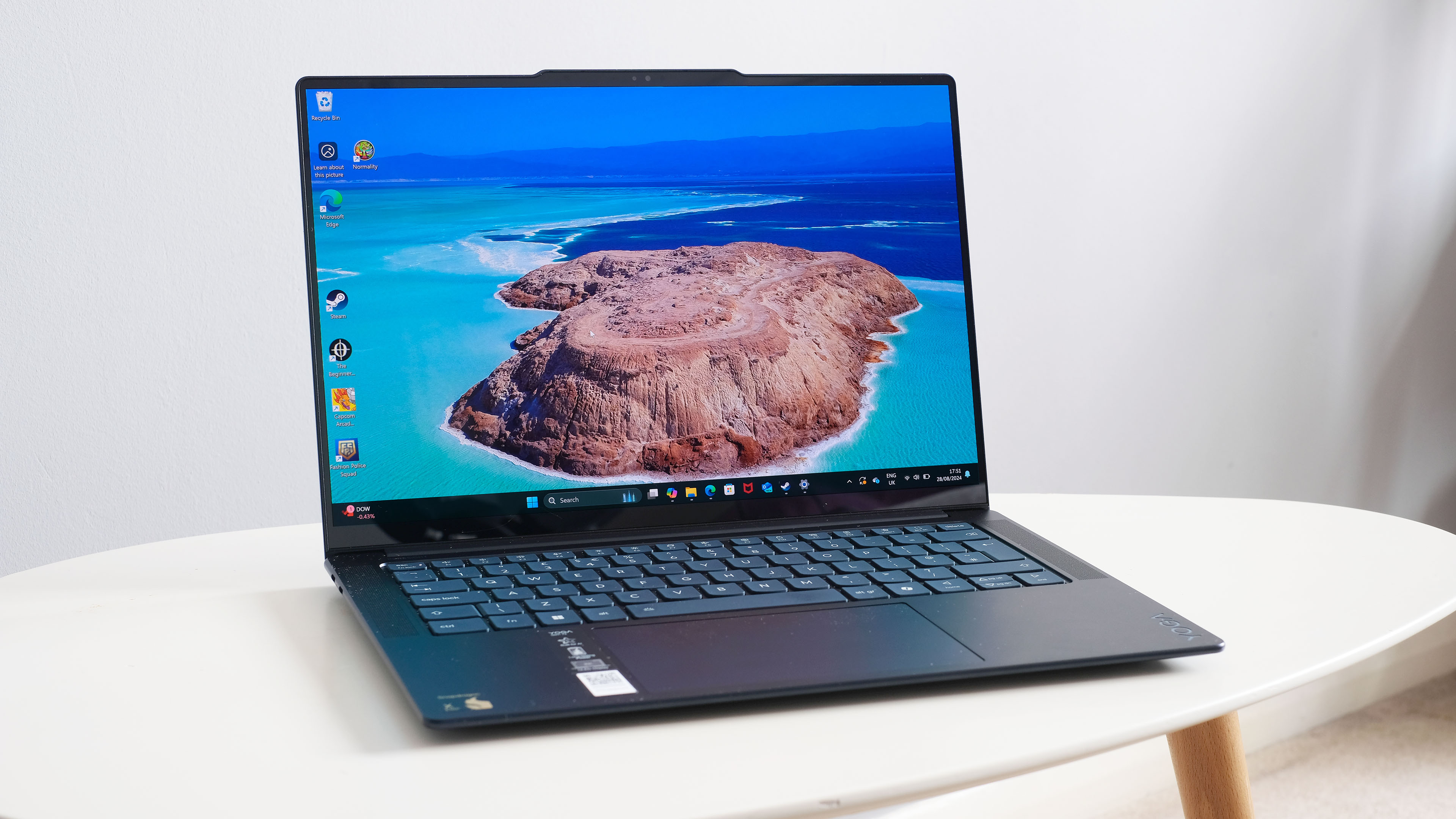
- Great light use battery life from both camps
- The capacity is going to matter more than anything else
- Out tests show Intel may have a slight edge
The Qualcomm Snapdragon laptops slightly blew minds with their battery life when they arrived. They absolutely trashed the first-generation Intel Ultra crowd, and outlasted the traditional battery-lover’s choice, AMD Ryzen, without a massive drop of performance on battery.
Second-generation Intel Ultra chipsets then arrived and pretty much did the same thing. In our experience, the longevity of the two breeds of laptop are comparable.
However, second-generation Intel Ultra Asus laptop we reviewed did outlast most of the Snapdragon X Elite crowd. It ran for 18 hours of video, and around 2.5 hours of Cyberpunk 2077. There’s perhaps room for Intel to sneak a victory here, but the difference is not worth hinging your purchase decision on.
For light tasks you’re looking at real-world battery life well into the teens of hours. That’s for jobs like writing documents, video streaming or browsing where you aren’t keeping 17,000 tabs open the entire time. We are guilty of doing that about 94% of the time.
At the other end of the spectrum, serious system-straining gaming might leave you with around 2.5 hours of battery life or less. That’s better than a proper gaming laptop, but clearly worse than a Nintendo Switch OLED, whose power draw is reportedly limited to around 6.5W when playing a tough game like The Legend of Zelda: Tears of the Kingdom.
Compare it to the often sub-60-minute longevity of a hulking gaming laptop, though, and you start to appreciate the flexibility of these new AI PCs.
Qualcomm vs Intel: Compatibility
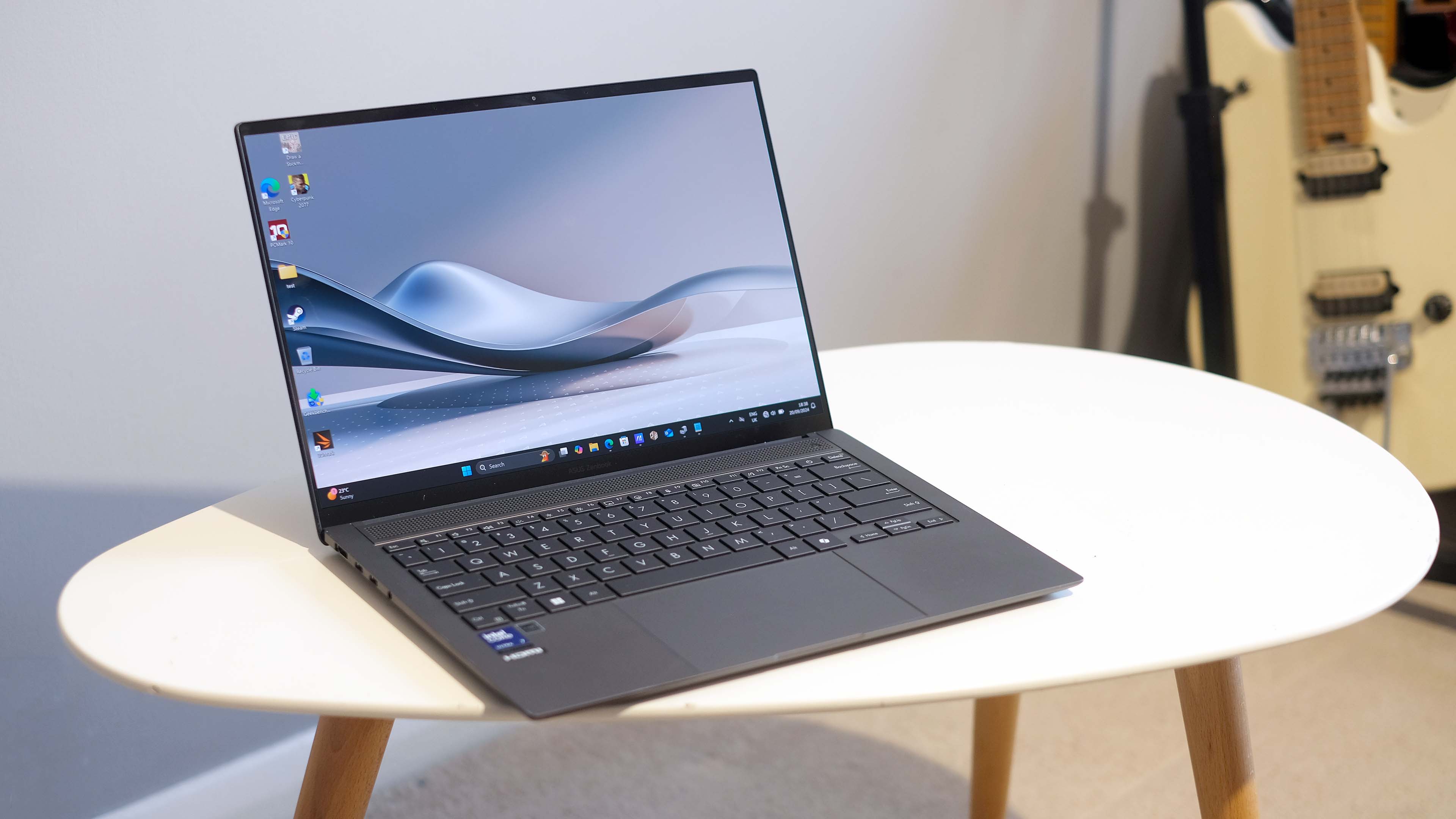
- Intel Ultra is better for app compatibility
- …but Qualcomm Snapdragon is surprisingly good
- Both run apps like any old Windows laptop
Despite being around for months longer than the 2nd Generation Intel Ultra laptops, Qualcomm Snapdragon X Elite laptops have far more compatibility issues. Do most apps work? Sure. Do most games work? Yep. But we have encountered a handful of issues during our testing that just aren’t a problem with Intel Ultra Series 2 generation PCs.
These include hardware accessories that you plug in but flat-out won't be recognised, some games crashing on start-up, and some apps complaining they need an “x86” system to run.
Without wanting to get too nerdy on you, this highlights the big difference between Snapdragon and Intel Ultra. The first uses an ARM architecture, once mostly reserved for phones, while even newer Intel Ultra chipsets are still of the classic x86 breed.
While we’ve been impressed by how well stuff runs on Qualcomm Snapdragon X Elite laptops, and how rarely you need to think about compatibility, you’re likely to encounter issues before too long if you stray from the most popular or basic of apps. This also takes some of the shine off the raw processor power gains of Qualcomm systems. Bear that in mind.
Qualcomm vs Intel: Verdict
Qualcomm Snapdragon X Elite laptops and ones with second-generation Intel Ultra chipsets are made with the same job in mind. They are here for great battery life and AI-ready chops that can go head-to-head with the best from Apple.
The best all-rounder for the average buyer right now is probably an Intel Ultra Series 2 laptop, even if it doesn’t win in all areas.
A Qualcomm Snapdragon X Elite will win on CPU power, while Intel claims the gaming and graphics victory. Either of those is pretty significant. But the fewer compatibility issues of the Intel Ultra series pushes it over the top for us. However, at the time of writing some will want to wait for more options to appear in retailers.

Andrew is a freelance tech and entertainment journalist. He writes for T3, Wired, Forbes, The Guardian, The Standard, TrustedReviews and Shortlist, among others.
Laptop and computing content is his specialism at T3, but he also regularly covers fitness tech, audio and mobile devices.
He began writing about tech full time in 2008, back when the Nintendo Wii was riding high and smartphones were still new.
-
 The new Mercedes Vision V concept might be the coolest van I’ve ever seen
The new Mercedes Vision V concept might be the coolest van I’ve ever seenThe interior of this Mercedes van looks more luxurious than a private jet
By Alistair Charlton
-
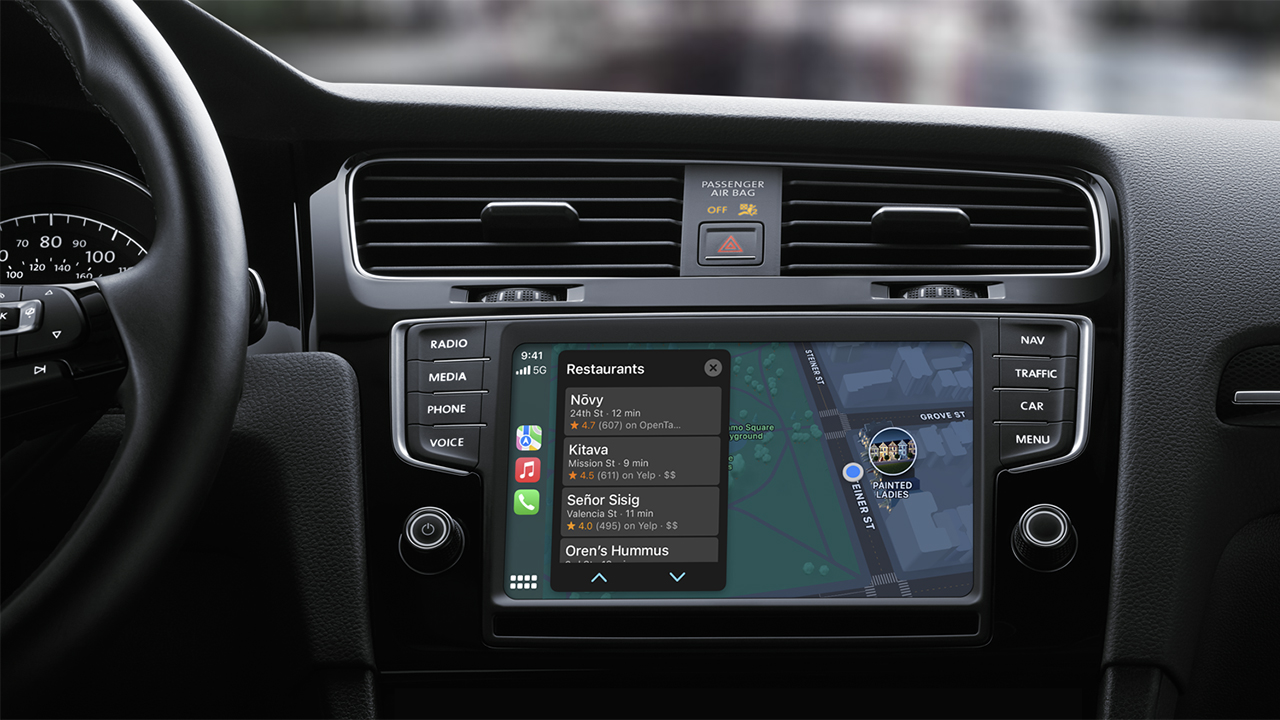 One of Apple CarPlay's new Tesla-like features will soon be removed again
One of Apple CarPlay's new Tesla-like features will soon be removed againJust when you thought you could watch Netflix through CarPlay
By Rik Henderson
-
 Your next Android phone could be cheaper, but still be a premium powerhouse
Your next Android phone could be cheaper, but still be a premium powerhouseThe latest hardware from Qualcomm could bring flagship power for less money
By Chris Hall
-
 "Nvidia 5090s draw more power, but I don’t think that's the story" – MSI says 50-series laptops could change everything
"Nvidia 5090s draw more power, but I don’t think that's the story" – MSI says 50-series laptops could change everythingI talked to MSI about its new range of 50-series laptops
By Max Freeman-Mills
-
 Qualcomm's new phone chip should make high-end gaming and AI much more affordable
Qualcomm's new phone chip should make high-end gaming and AI much more affordableThere's new Gen 4 hardware from Qualcomm that'll open up skills on cheaper phones
By Chris Hall
-
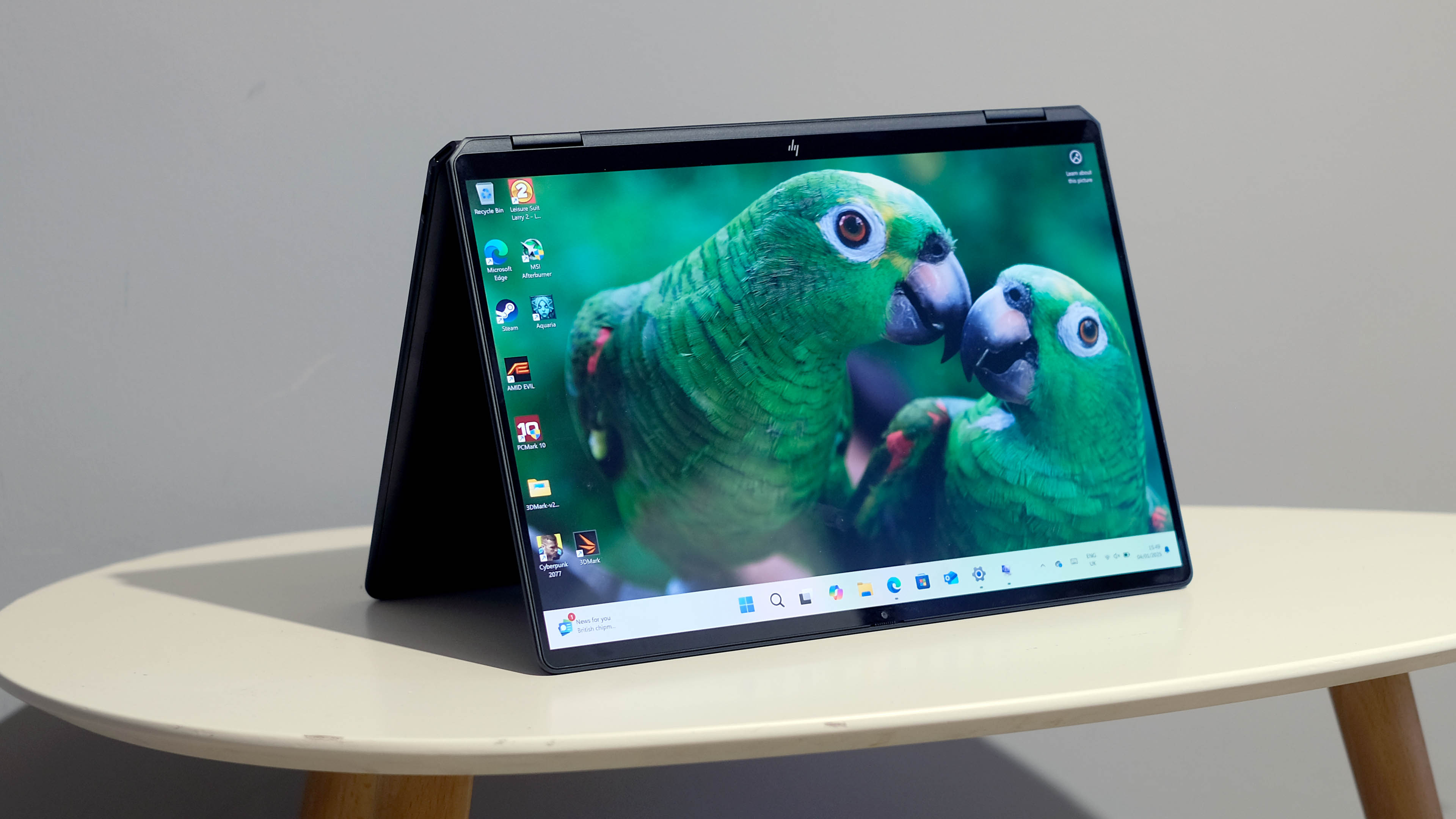 HP OmniBook Ultra Flip review: Ultrabook brilliance
HP OmniBook Ultra Flip review: Ultrabook brillianceThis is one of HP's best laptops in recent years
By Andrew Williams
-
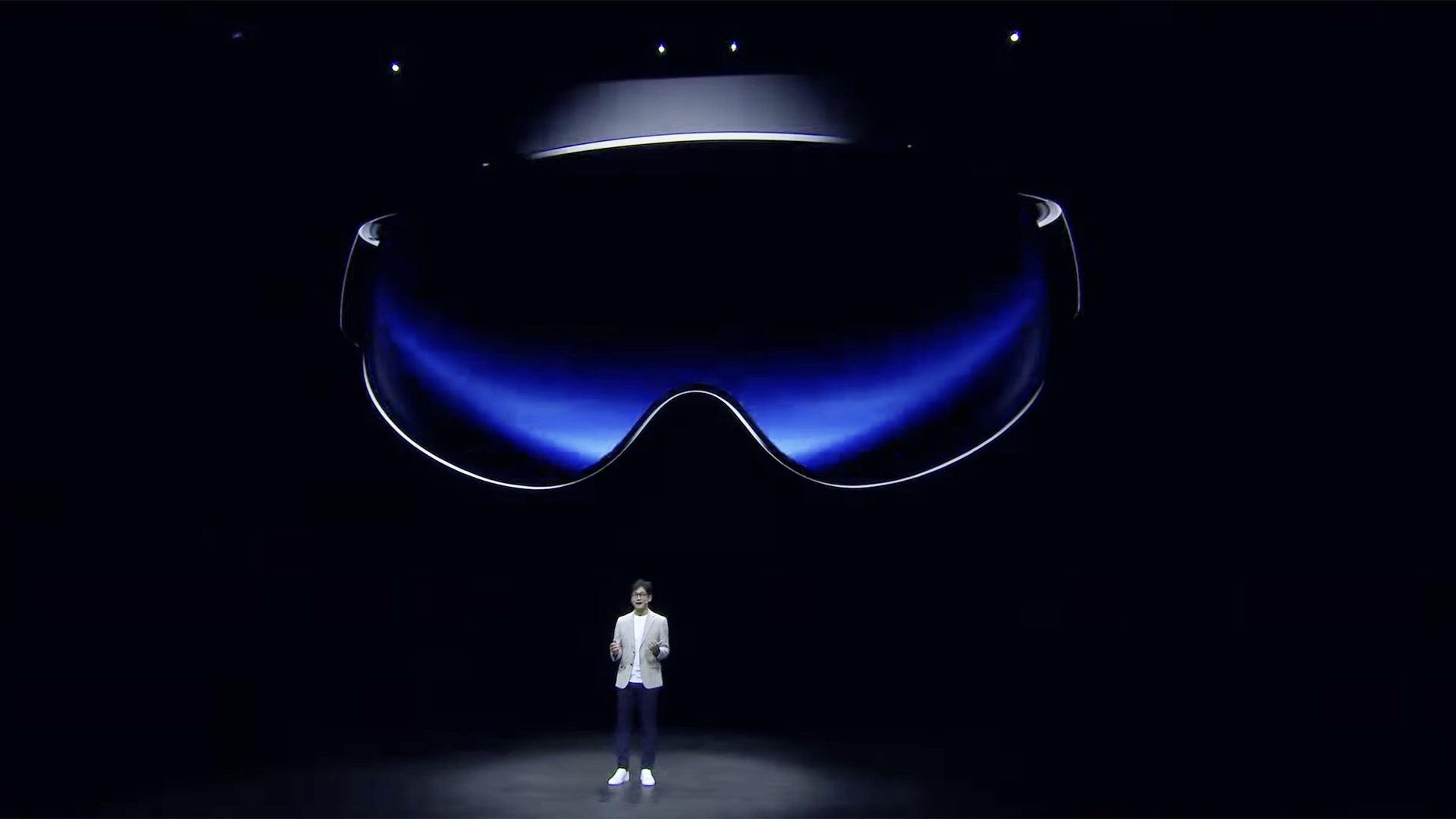 Samsung's Vision Pro rival to get a big boost from a clever Google acquisition
Samsung's Vision Pro rival to get a big boost from a clever Google acquisitionGoogle is buying HTC's XR division to work on Android XR – the driving force behind Project Moohan
By John McCann
-
 Truly lossless wireless earbuds are coming "very, very soon"
Truly lossless wireless earbuds are coming "very, very soon"If you love music, you're going to love what XPAN brings to your home
By Carrie Marshall
-
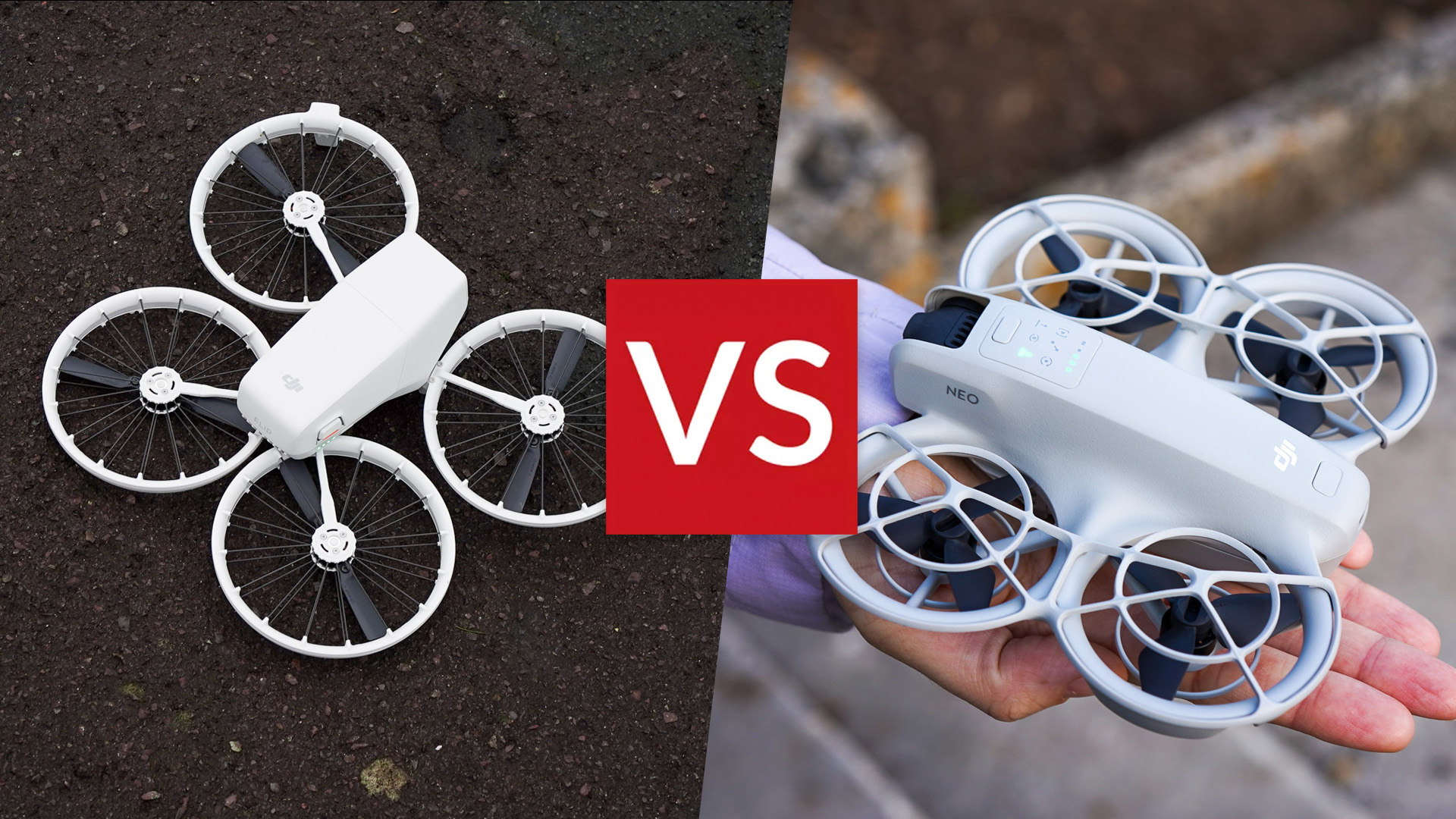 DJI Flip vs DJI Neo: which is the ultimate beginner drone?
DJI Flip vs DJI Neo: which is the ultimate beginner drone?Does the Flip overshadow the smaller Neo, or are you better off giving it a miss?
By Matt Kollat
-
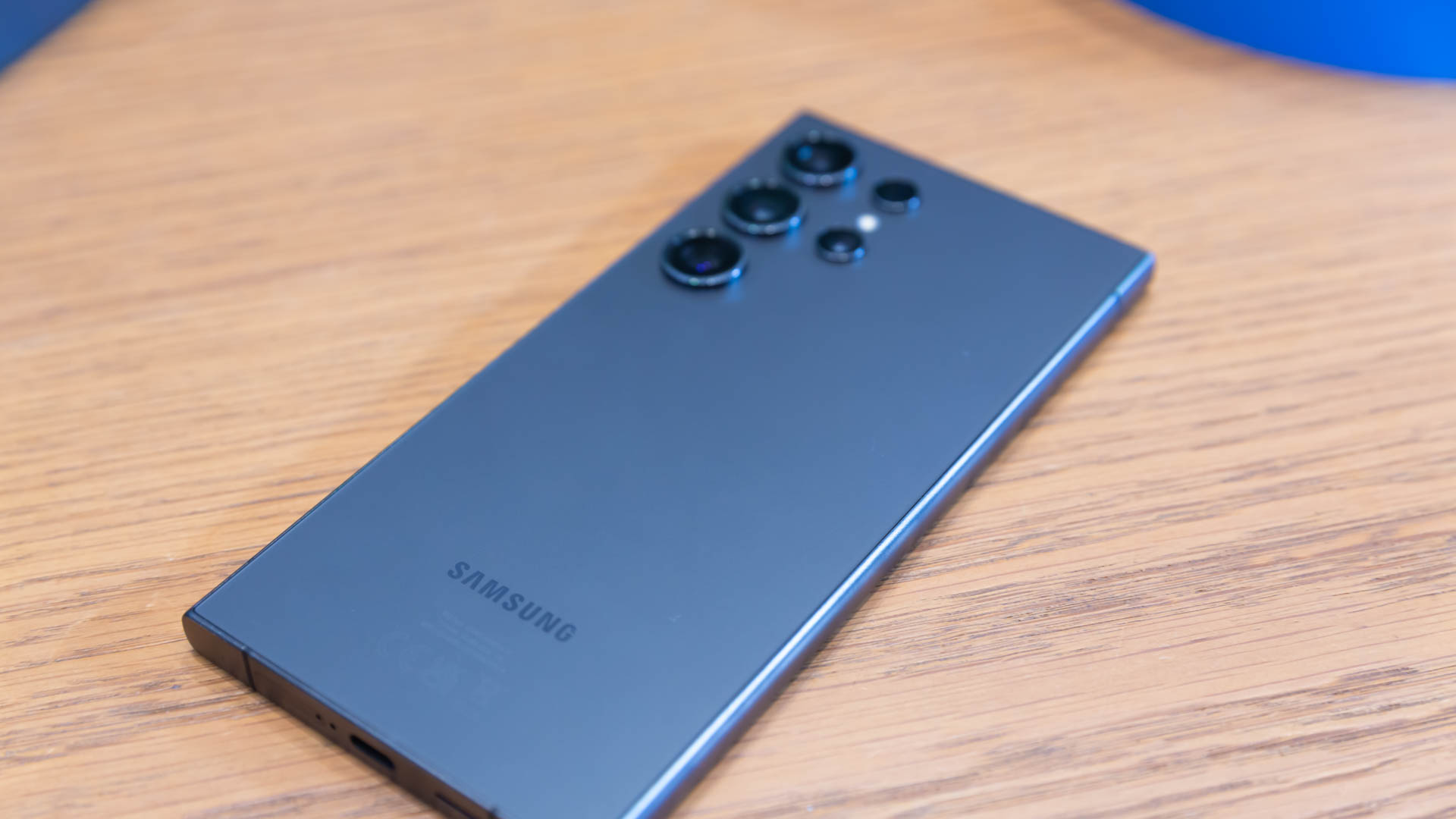 Qualcomm hints at major hardware shift for Samsung Galaxy S25
Qualcomm hints at major hardware shift for Samsung Galaxy S25Does this signal the end of the Snapdragon or Exynos debate?
By Chris Hall